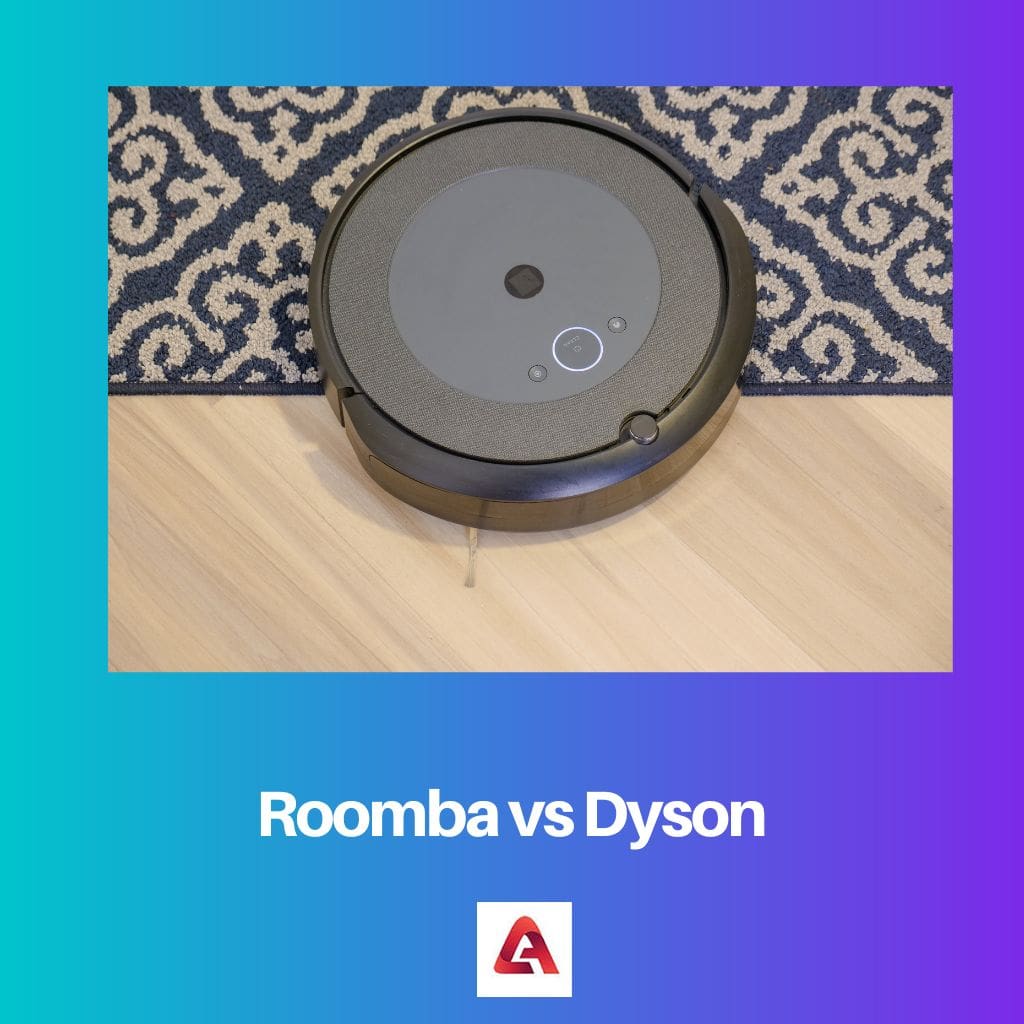Key Takeaways
- The main difference between NPN and PNP transistors lies in the arrangement and polarity of the semiconductor layers. NPN transistors have a P-type base sandwiched between the N-type emitter and collector layers, while PNP transistors have an N-type base sandwiched between the P-type emitter and collector layers.
- In NPN transistors, current flows from the emitter to the base and then to the collector, while in PNP transistors, current flows from the emitter to the base and then to the collector in the opposite direction. The base-emitter junction in both types controls the flow of current.
- NPN transistors require a positive supply voltage at the collector and a negative or ground reference at the emitter for proper biasing. In contrast, PNP transistors require a negative supply voltage at the collector and a positive or ground reference at the emitter. Despite these differences, NPN and PNP transistors function as amplifiers and switches.
What is an NPN Transistor?
An NPN transistor falls under the family of bipolar junction transistors or BJT. It has three terminals as its parts. The parts are called collector, base, and emitter. In this type of transistor, the current gushes from the collector to the emitter.
The collector is connected to a positive voltage inception, while the emitter is attached to a negative voltage origin. The source of the base terminal is to manage the current flow between the collector and the emitter.
The quantity of current that the voltage regulates streams between the collector and the emitter pertains to the base. NPN transistors are used in electronic circuits for amplification and switching applications. NPN transistors, such as microcontrollers, logic gates, and memory chips, are commonly used in digital circuits.
What is a PNP Transistor?
A PNP transistor is also a type of bipolar junction transistor. It is commonly used in electronic circuits. Its function is as an amplifier or switch. PNP transistors have three layers of semiconductor material.
It has a layer of N-type material sandwiched between two layers of P-type material. From this, the name PNP originated. Here the P-type material is supposed to be positively charged. Hence it is doped with impurities. On the other hand, the N-type material is doped to charge it with negative energy.
The collector carries a negative voltage in a PNP transistor, but the negative voltage is present more in the emitter. Therefore, the current flow runs from the emitter to the collector.
NPN and PNP transistors are complementary to each other. They are combined to create a push-pull circuit. PNP is used in audio amplifiers. Power supply circuits also include the use of NPN and PNP transistors. Any electronic circuits that need current amplification or switching can employ these transistors.
Difference Between NPN and PNP Transistor
- In the NPN transistor, the current flow from the collector to the emitter. In comparison, the case is the opposite in PNP transistors. Here current flows from the emitter to the collector.
- NPN transistors take a positive voltage to turn on, but PNP transistors demand a negative voltage to power up.
- NPN transistors switch on fastly, but PNP transistors have a low-speed switching.
- In an NPN transistor, most charge carriers are electrons. At the same time, most charge carriers are holes in a PNP transistor.
- Mainly, digital circuits use NPN transistors. On the other hand, the audio frequency goes for PNP transistors.
- NPN transistors have extensive use in audio amplifiers, signal processing, etc. PNP transistors are predominant in voltage regulators, power amplifiers, and DC-DC converters.
Comparison Between NPN and PNP Transistor
| Parameter of Comparison | NPN Transistor | PNP Transistor |
|---|---|---|
| Path of current flow | Here, the current flows from the collector to the emitter. | Here the current flows from the emitter to the collector. |
| Operation | It needs a positive voltage to turn on. | It requires a negative voltage to turn on. |
| Noise immunity | It has less noise immunity because of its low input impedance. | It has high noise immunity because of its high input impedance. |
| Switching speeds. | Its switching speed is fast. | Its switching speed is slow. |
| Thermal stability | Comparatively, it is more thermally stable. | It is less thermally stable. |
| Majority Charge Carriers | The majority of charge carriers in this transistor are electrons. | The majority of charge carriers in PNP transistors are holes. |
| Utilization in the type of circuit | Digital circuits use NPN transistors. | Audio frequency circuits use PNP transistors. |





